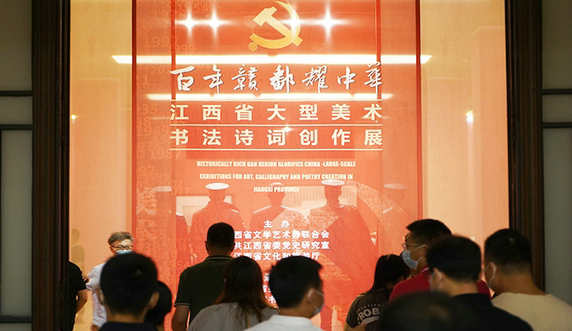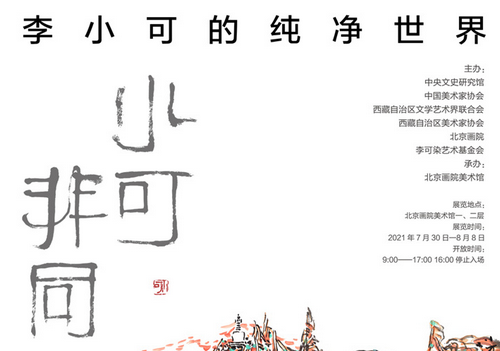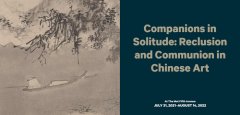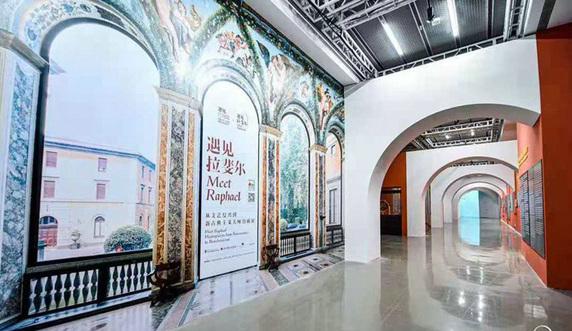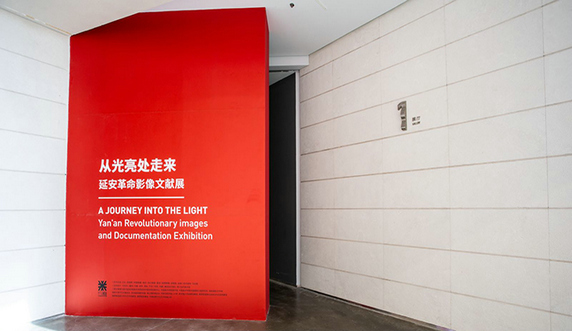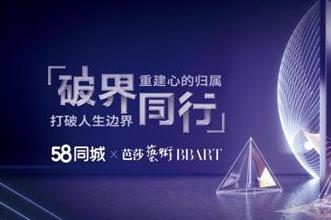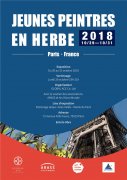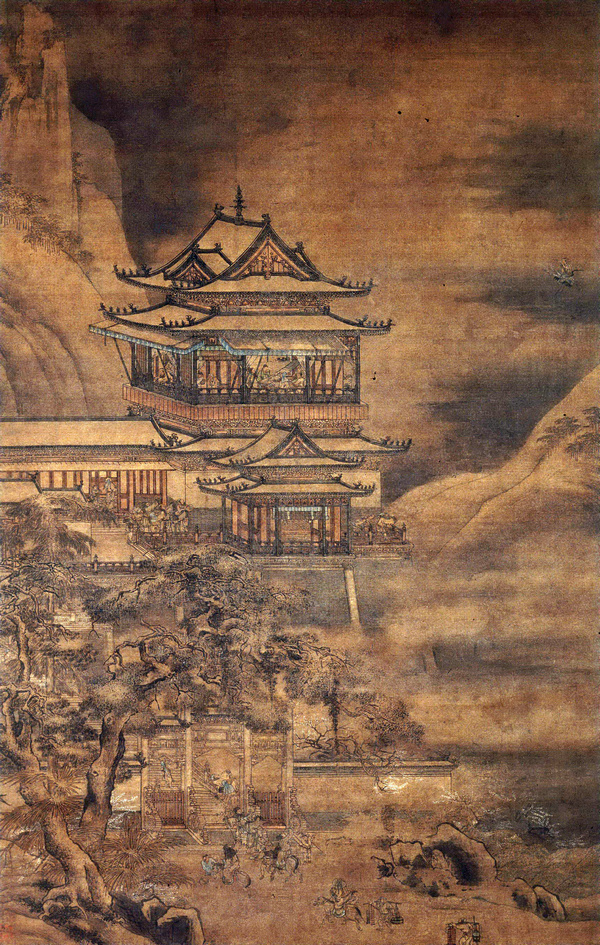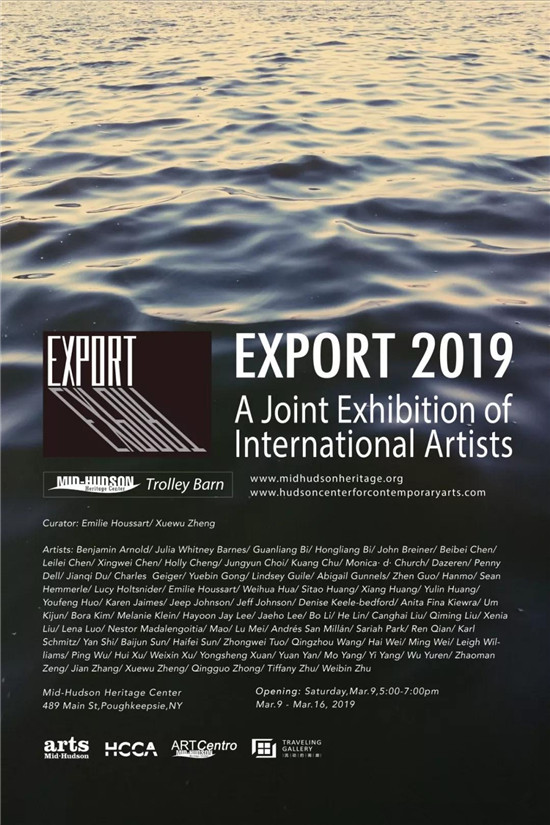 纽约哈德逊历史博物馆第二届“出口”国际艺术展 策展人:郑学武、Emillie Houssart 参展艺术家:毕洪量、陈兴伟、程惠莉、光洙、杜建奇、霍友峰、李波、刘沧海、罗晶晶、任前、石焰、孙佰钧、孙海斐、脱忠伟、王清州、魏明、吴平、许惠、严渊、杨茉、曾昭满、张剑、钟鼎、朱爱娟、朱维彬、毕冠良、陈蓓蓓、陈蕾蕾、大泽人、宫跃斌、郭桢、韩墨、华韡华、黄思陶、黄翔、黄玉琳、林鹤、刘骐鸣、刘兴耐、李卯、吕美、魏海、徐唯辛、宣永生、杨亿、吴玉仁、郑学武 展览时间:2019年3月9日至24日 开幕:3月9日下午6点 地点:纽约哈德逊历史博物馆 主办:纽约哈德逊艺术中心国际驻访项目 协办:美国纽约哈德逊美术家协会 展览开幕式行为表演:Andrés San Millán、黄翔、林鹤,感谢各位精彩表演! 展览开幕式茶水提供:Tea Talk,感谢杨秋凤女士! 感谢孙佰钧老师帮助将我们的展览消息发表在国内网络媒体上,祝福佰钧早日康复: http://zl.zhuokearts.com/html/exh/photo/2019/03/11/15281.htm 感谢艺术家、诗人曾昭满先生为展览撰写文章! 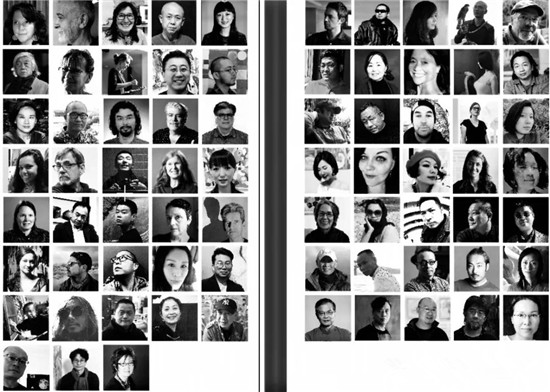 出口 一一第二届国际艺术展 如果一个展览从两条河流谈起,大概也不会引起太多怪异,因为人类总逐水而居,因此文明往往因河流而起。东方有贤哲言"逝者如逝夫,不舍昼夜",西方有哲人说"一个人不能两次踏入同一条河流",通过临河而彻悟,永恒与瞬间,静止与运动。 从抽象的河流指向于具象之河,均是机缘巧合。在地球的东半球京杭大运河,宛如一条巨长的哈达,南起杭州北至北京政治中心一一中南海,途经浙江、江苏、山东、河北省及天津、北京两市。贯通海河、黄河、淮河、长江、钱塘江五大水系。最终端的通惠河始凿于一二九二年,参入人数近两万人。如今通惠河边的通州区宋庄镇,自一九九五年圆明园的艺术家被驱赶以来,历经二十多年,其间最高峰时艺术家人数近三万,这次参展的中国艺术家工作室大多在这个区域。 在地球的西半球,哈德逊河蜿蜒五百零七公里,一五二四年被意大利探险家发现,一六零九年始被命名,发源于阿迪朗达克山脉云泪湖,莫华克河在哈德逊河上游汇入,西接伊利运河,末端汇入大西洋,哈德逊河自北向南流经纽约州东部,沿岸城市包括萨拉托加,特洛伊,奥尔巴尼,金斯顿,波基浦西,纽堡,纽约市等。下游为纽约州和新泽西州的边界。十九世纪开凿三条运河,使哈德逊河连结更为广阔,促进中西部或纽约市的发展,这里凝结了近百个国家的人们居住,近八百种语言交流。 做为中区的波基浦西市、北肯,是我艺术驻访多次的地方,与这里艺术家、诗人交流相熟,坐缘河而行的火车直达中央火车站要一小时多,宋庄艺术家驱车去城中心时间差不多,在地缘上是相近的。 展览取名为《出口》英文名Export,不单指向国与国之间的商贸往来,国家与国家之间思想、文化与观念的彼此输出与互融,更多指向艺术家独立个体通过画布颜料等媒材找寻的精神出口,这个出口凝聚艺术家个人与生命、个人与体制、个人与神、个人与传统及科技之间的关系,这种个人对出口的找寻打破地域、人种、身份的壁垒,从而允许自由开放地分享因对出口的找寻而开辟的精神通道。 曾昭满于北京 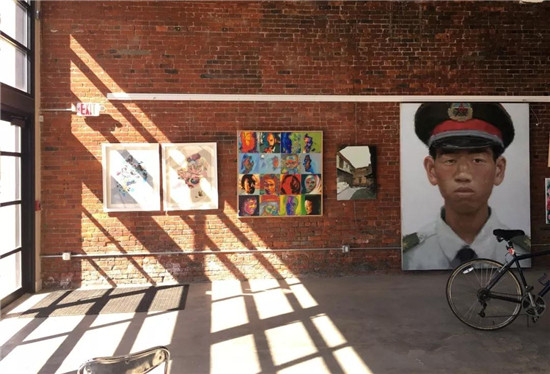 纽约哈德逊历史博物馆展场 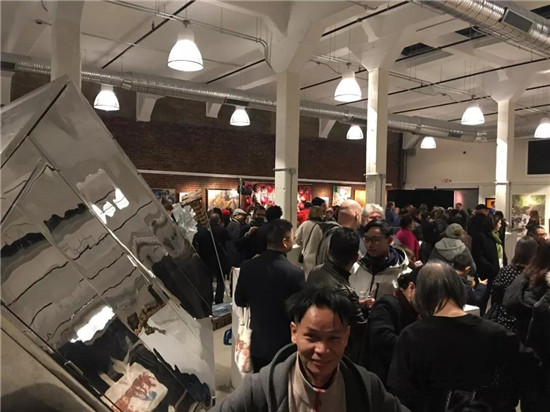 纽约哈德逊历史博物馆第二届“出口”国际艺术展隆重开幕 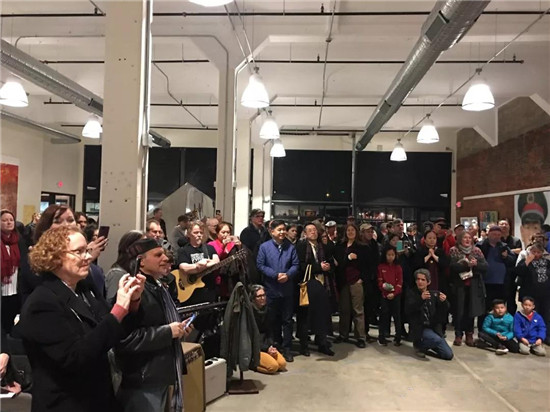 感谢纽约哈德逊美术家协会及河谷地区美术界同仁对我们的展览一如既往的支持,感谢远道而来的参展艺术家和朋友们! 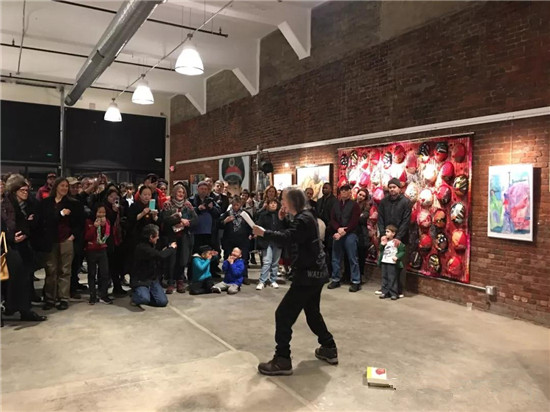 艺术家、诗人黄翔老师的诗歌表演 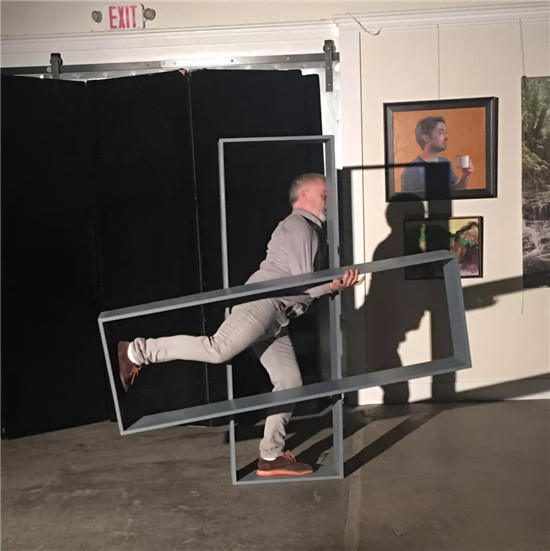 艺术家阿德里安斯的情景行为艺术表演 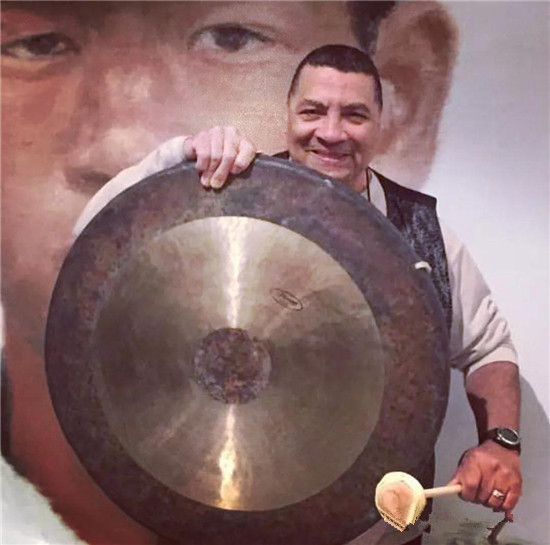 波基普西本地艺术家即兴表演 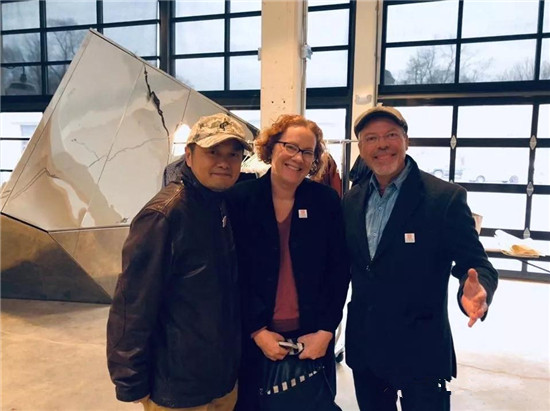 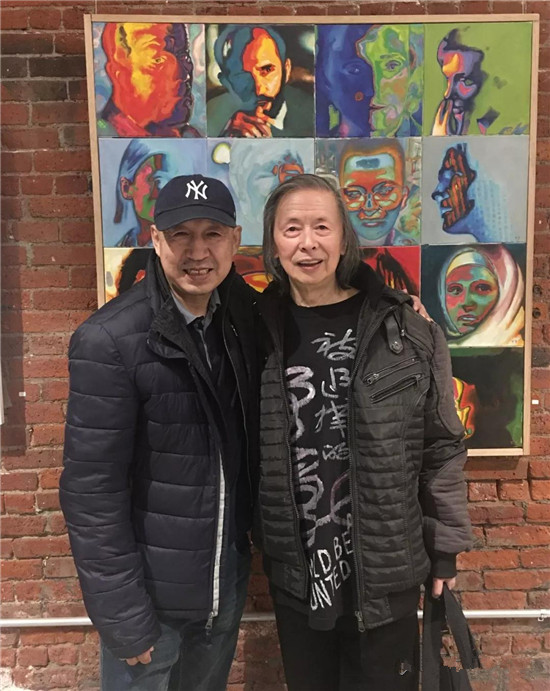 艺术家杨亿老师和诗人黄翔老师 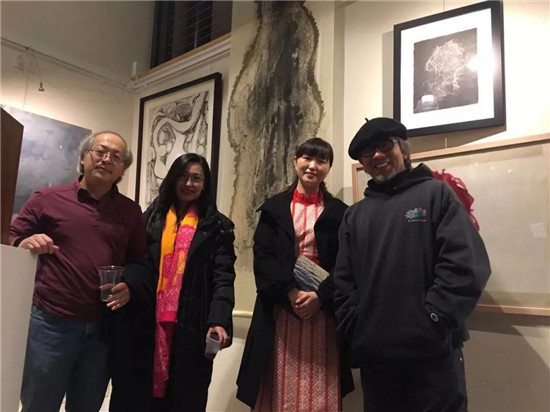 艺术家王剑夫妇、艺术家陈蕾蕾女士和宫跃斌先生 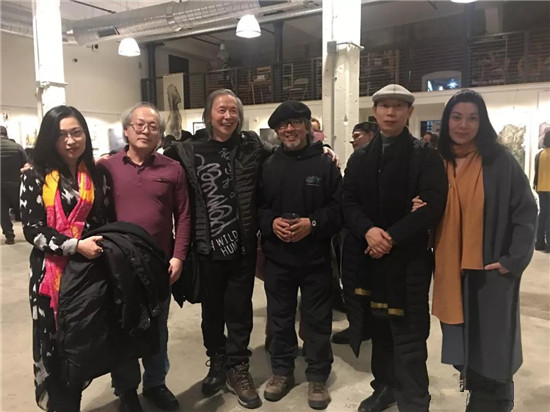 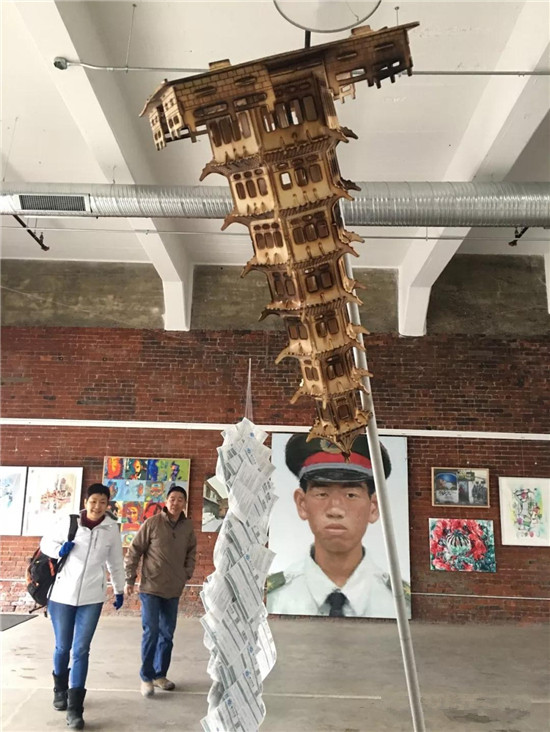 瓦萨尔学院周羽老师俩口急匆匆赶来看展,谢谢了! 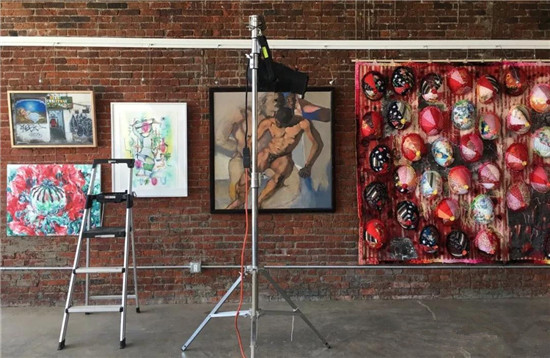 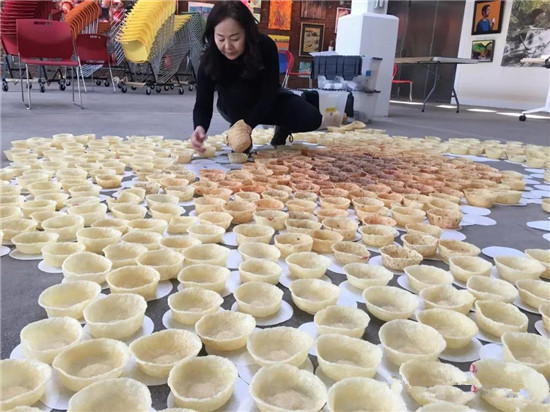 韩裔艺术家李忠顺 Hayoon Jay Lee 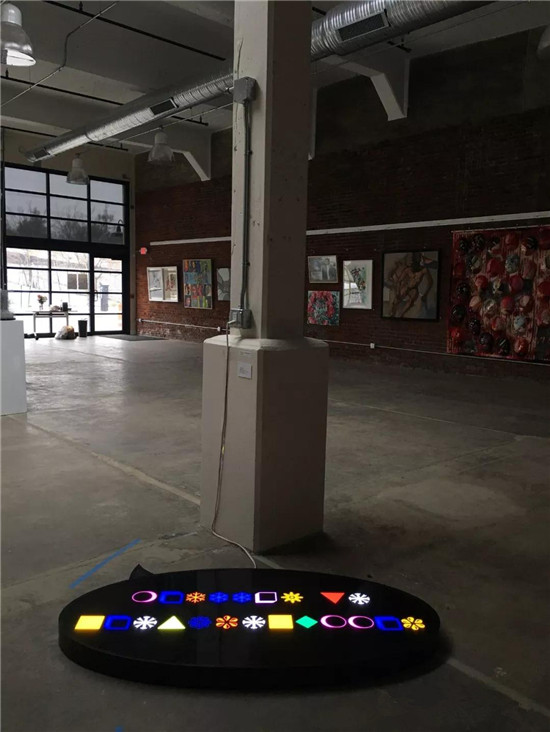 艺术家吴玉仁先生作品 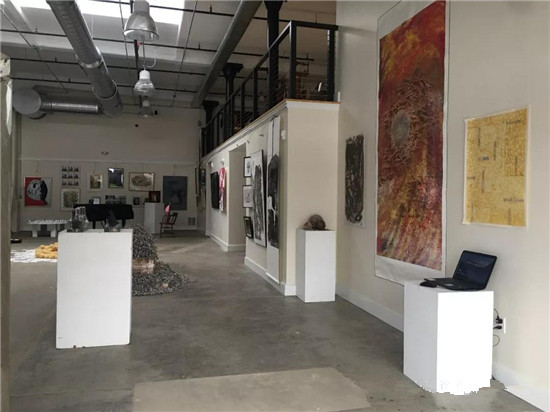 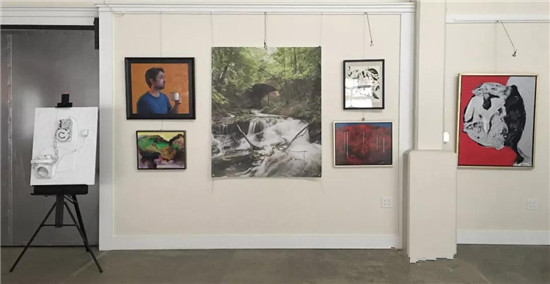 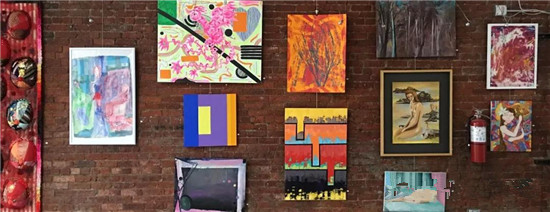 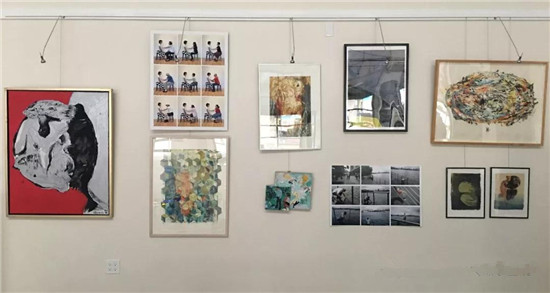  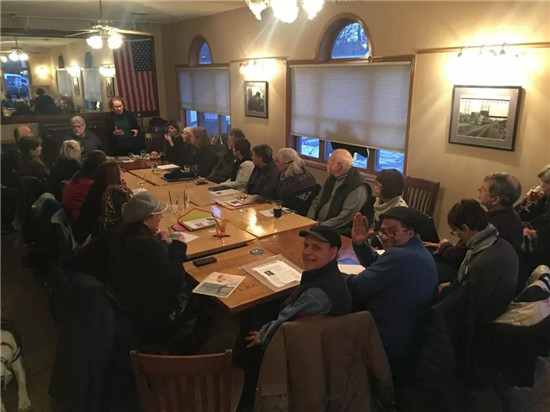 纽约哈德逊美术家协会每周例会,主席琳达女士着重介绍我们的展览  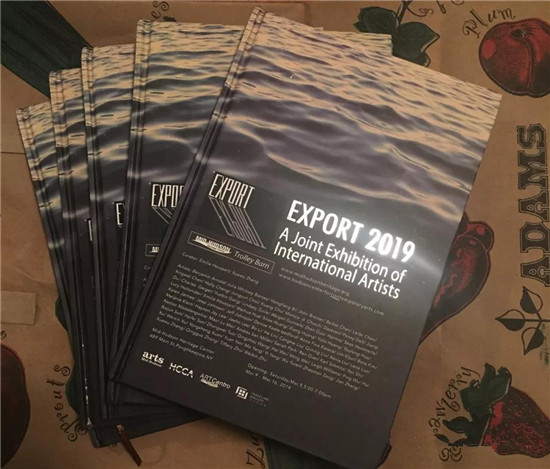 感谢画册设计工作的姜倩女士,牺牲了春节休息的时间,辛苦工作;让精美的画册在展览开幕前顺利运到历史博物馆展场。 Export ——2019 Joint Exhibition of Chinese and American Artists It wouldn't arouse many doubts if we begin the talk of an exhibition with two rivers, for humans have always resided by water anyway. Civilizations tend to start with rivers. Some oriental sage once observed: “Time and tide wait for no man.” A western philosopher also stated: “A person cannot step into the same river twice.” It is by the riverside that we become enlightened about eternity and momentariness, stillness and motion. If our thoughts are flowing from abstract rivers to concrete, it is by sheer coincidence. The Jing-Hang Grand Canal on the eastern hemisphere meanders like a lengthened hada (a piece of silk gifted to guests in Tibet and Mongol) from Hangzhou in the south to the political center of Beijing in the north--crossing Zhejiang, Jiangsu, Shandong, Hebei, Tianjin and Beijing, connecting five major water systems like the Hai River, the Yellow River, the Huai river, the Long river, and the Qiantang River. Its northern terminal, the Tonghui River was excavated in 1292 and there were 19,129 people involved in the project. The current Songzhuang Artists Village in Tongzhou, located by Tonghui River, has existed for over twenty years ever since the expelling of artists from Yuanmingyuan(the Winter Palace) in 1995. During this period the number of artists once reached an all time high of near 30,000. Participating artists of this exhibition mostly have their studios in this area. On the western hemisphere, the Hudson River wriggles its way through 507km. It was first discovered by Italian explorers in 1524 and was named as such in 1609. It originates from Lake Tear of the Clouds in the Adirondack Mountains, joined in the upper reaches of the Hudson by Mohawk River,connected by the Erie Canal in the west and flows into the Atlantic at its southern end. The Hudson River runs through eastern New York State, crossing from north to south such cities as Saratoga, Troy, Albany, Kingston, Poughkeepsie, Newburgh and New York. The lower reaches of the Hudson sets the borderline of New York and New Jersey. Three canals were excavated in 19th century, further broadening the Hudson River system, and speeding up the development of the mid-west or New York City, where people from almost one hundred countries gather and live, communicating in approximately eight hundred languages. Bacon, the center of Poughkeepsie, is a town I’ve visited time and again as a residence artist and I know the artists and poets here well. It is about one hour’s train ride along the river to the Grand Central Station in New York City, almost the same time amount for artists in Songzhuang to get to downtown Beijing. Therefore, the two places are geographically similar. The name of this exhibition “Exports” refers not only to the business exchanges, the mutual export and integration of ideology, culture and concepts between the two nations, but more to the fact that individual artists are seeking their own spiritual outlets through media like canvases and colors. These outlets condense the relationships of the artists’ egos with their lives, with social systems, gods, tradition and science. This seeking process of the individuals has broken through the barriers of regions, races and identities, and therefore making possible an unobstructed sharing of a spiritual channel opened up in the process. ZhaoMan Zeng 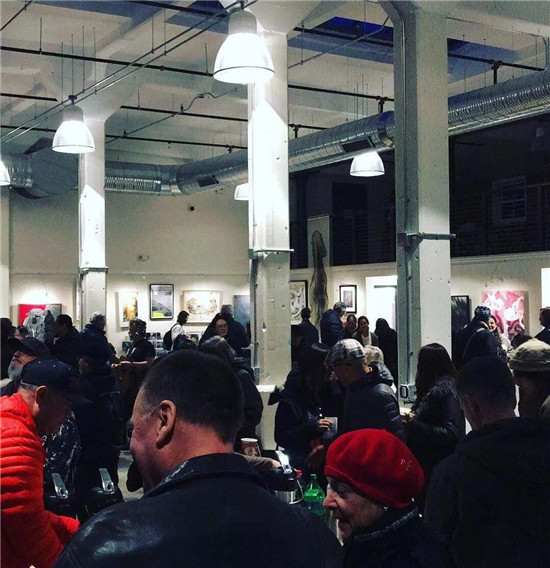 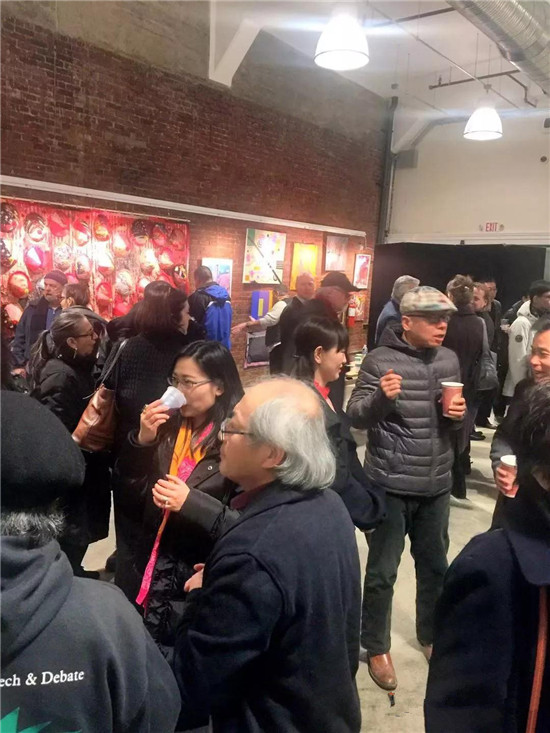 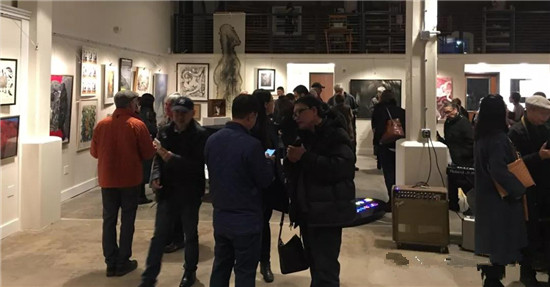 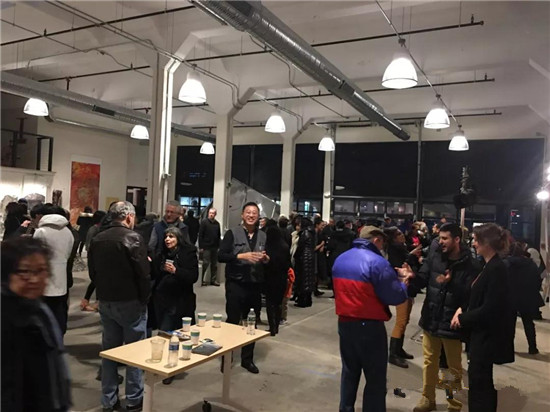 中间乐呵呵的是魏海老师 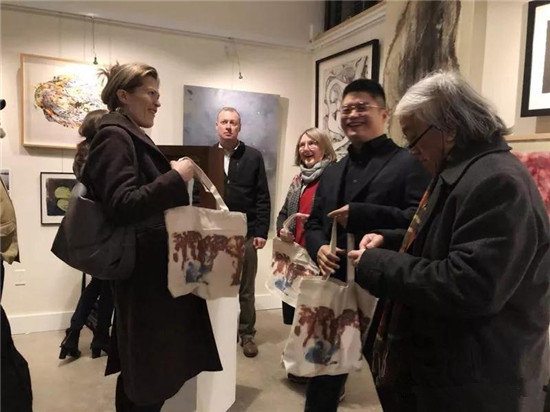 第三次来到纽约哈德逊河谷的艺术家王清州先生在展场与巴拉特艺术中心老板开心交流 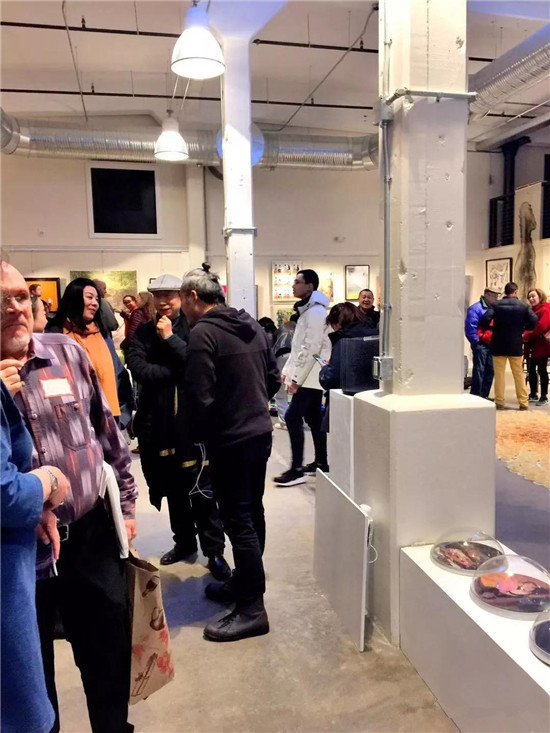  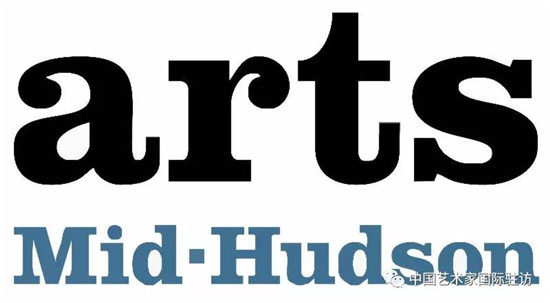 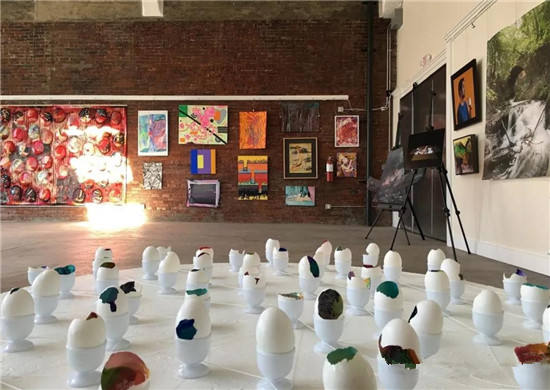 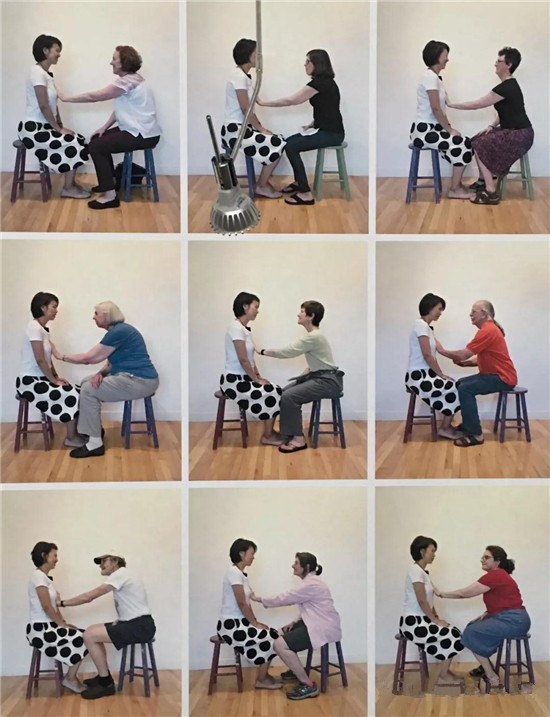 艺术家许惠女士这次展出的是2018年参加国际驻访项目时的行为图片 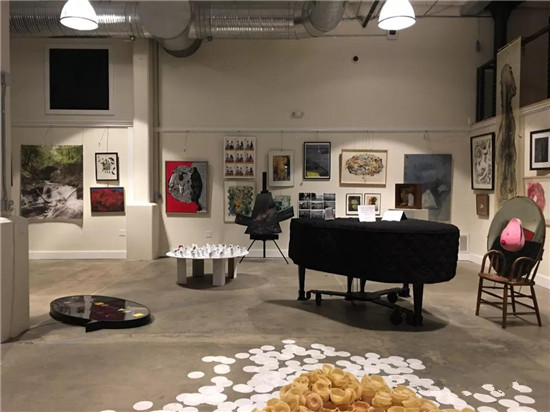 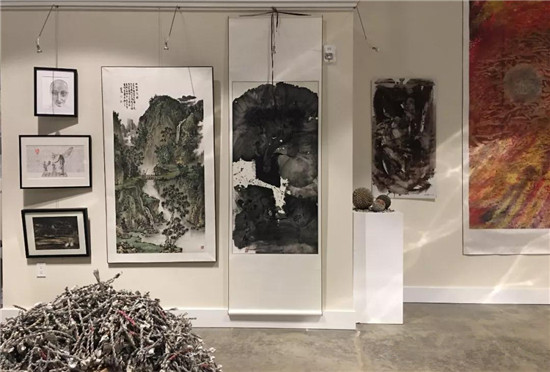 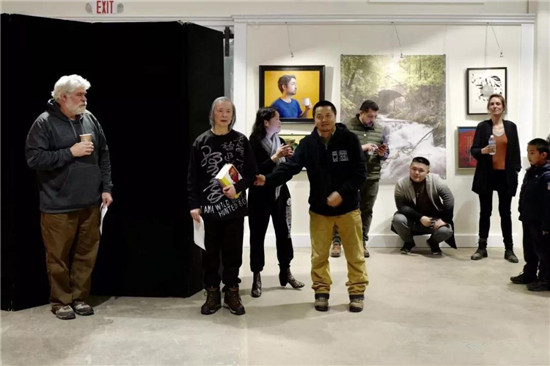 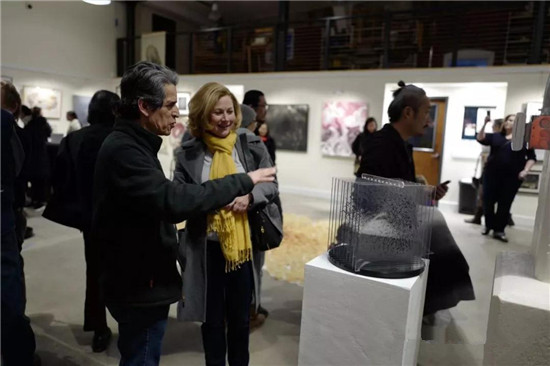 秘鲁裔艺术家奈斯特先生Nestor Madalengoitia 在介绍自己的作品 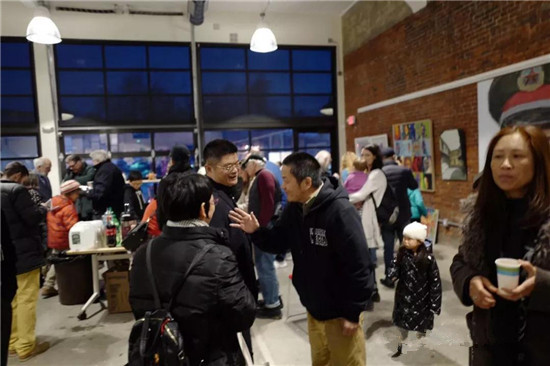 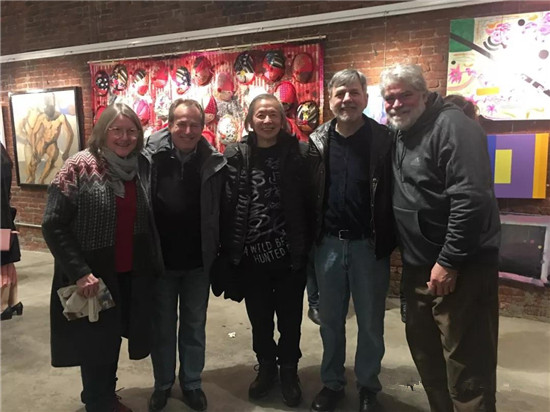 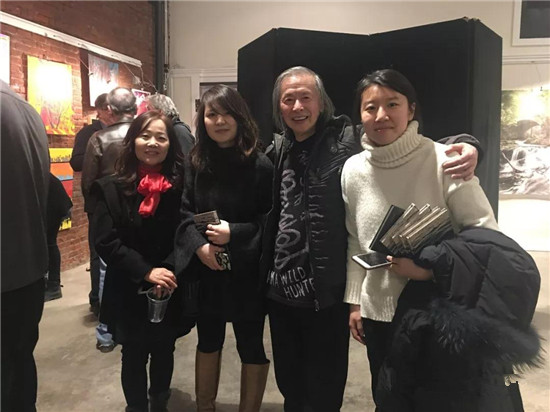 黄翔老师与三位参展韩国艺术家Hayoon Jay Lee,Bora Kim,Jungyun Choi 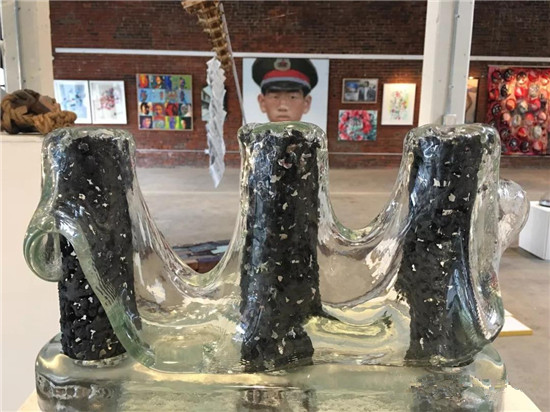 美国艺术家Jeep Johnson的玻璃艺术作品 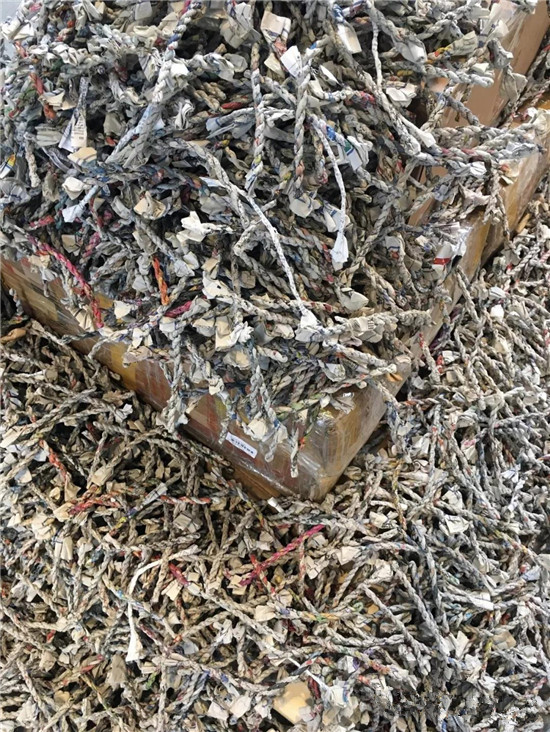 郑学武装置作品 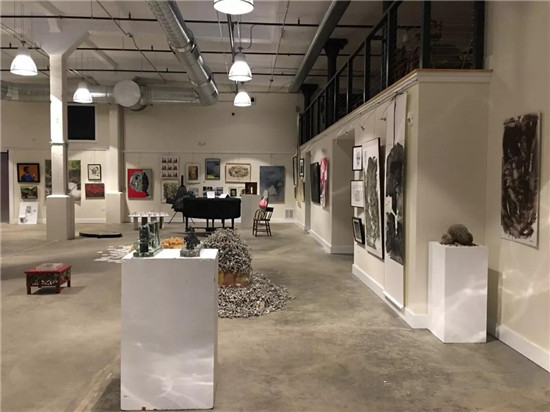 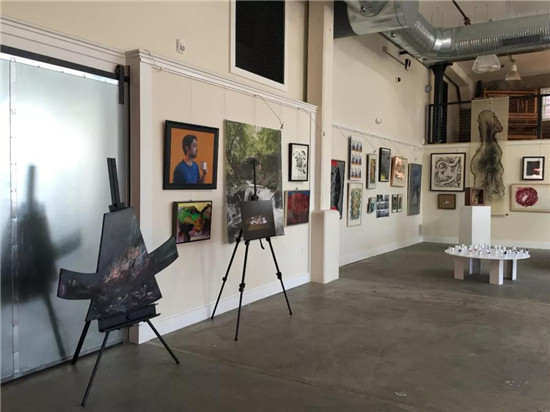 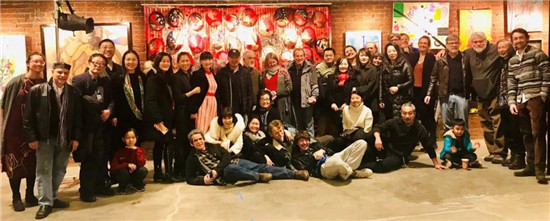 参展艺术家合影 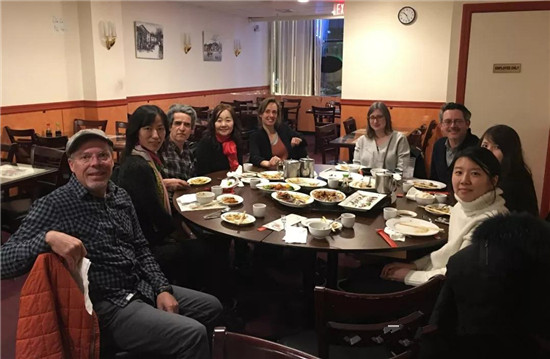 |


